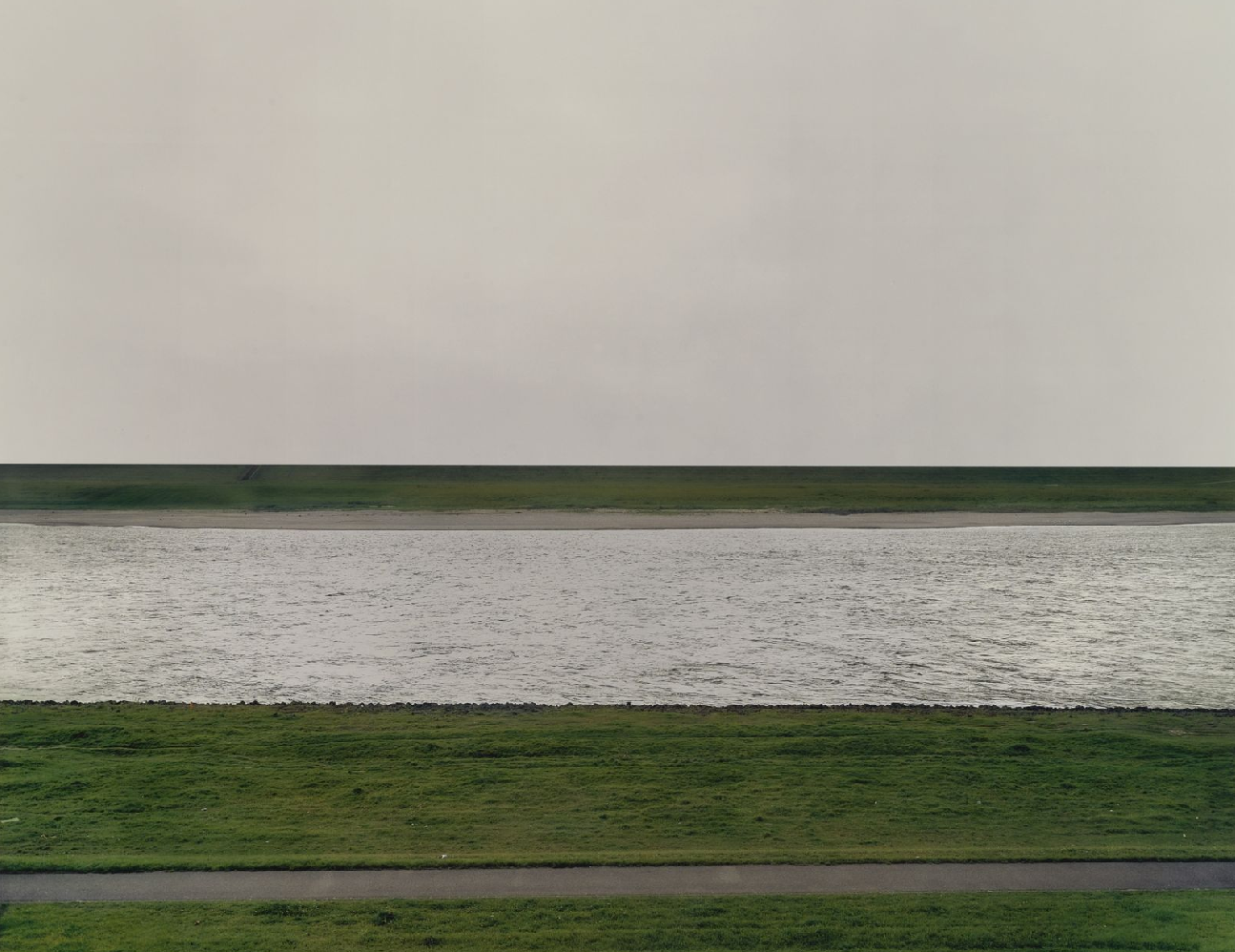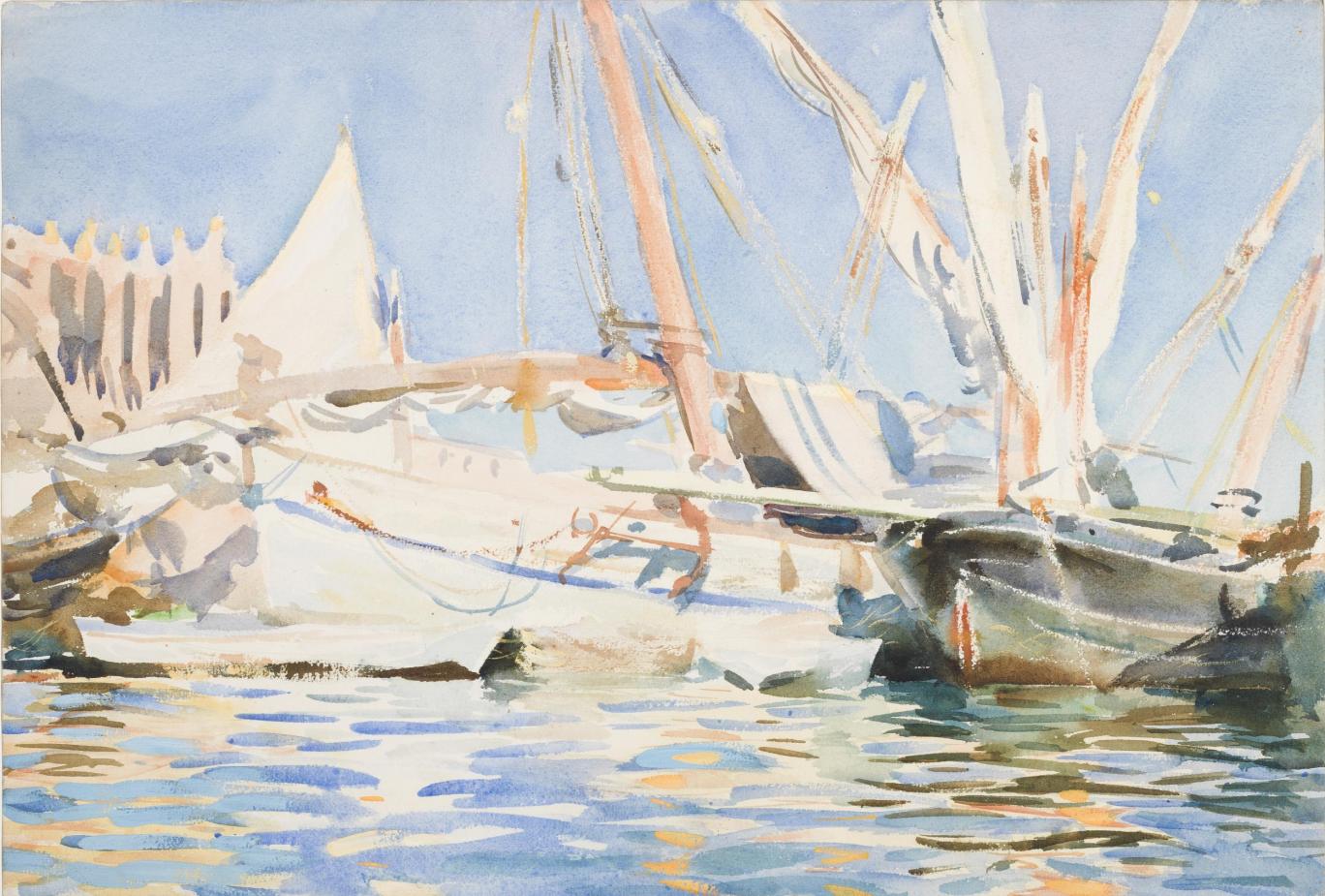
Royal Concertgebouw Orchestra, Semyon Bychkov (conductor), Nikolaj Szeps-Znaider (violin)
Het Koninklijk Concertgebouworkest, 19th June 2019
- Detlev Glanert – Weites Land
- Tchaikovsky – Violin Concerto in D major, Op 35
- Bedrich Smetana – Vysehrad, De Moldau and Sárka from Má vlast
There’s a clue in the title. The Tourist finds himself in Amsterdam once again for his yearly pilgrimage to the Internationaal Theater this time to see the Simon McBurney take on The Cherry Orchard. More to follow. Prior to that though sightseeing in Delft, Leiden and Haarlem and more culture in Amsterdam. Including this. My first look inside the Grand Hall in the Concertgebouw and my first experience of this superlative band on their home turf.
Now the Tourist yields to no man or woman when it comes to the reputation of the London orchestras and especially the London Symphony Orchestra. Things are looking up with Sir Simon Rattle in the conducting chair but I reckon the Gergiev years saw the band slip back compared to the best of their European peers, the Bavarian Radio Symphony Orchestra, the Berlin and Vienna Philharmonics and the Leipzig Gewandhaus, say. Yet if I had to pick one orchestra above all others, based on recordings and a couple of London dates years ago, (both sporting Shostakovich), the Concertgebouw would be it.
The RCO is currently between Chief Conductors having dispensed with Daniele Gatti following complaints of “inappropriate behaviour” from female members of the orchestra, to add to accusations from elsewhere. No prevarication here. Another reason to rate the band. Finally classical music is doing something about this sort of sh*te. The RCO was built on the bond between its Chief Conductor and the players. From 1963 until 2015 there were just three CC’s. They happened to be Bernard Haitink, Riccardo Chailly and Mariss Jansons. Who also just happen to be the greatest three conductors alive today. Though I have a few contenders still on the wish list.
A few of whom are on the list of guest conductors for this year and next year. Semyon Bychkov is not one of them. I have already been privileged to hear his take on Britten and especially Shostakovich with the LSO. Now I have to admit the core of his repertoire, showcased here, is not entirely up my street but I figured he and the band would win me over. They did. Of course I know the Tchaikovsky VC, who doesn’t, as well the big tunes from Ma vlast. But I find the former usually just a bit too showy and the latter can drone on a bit .The German composer Detlev Glanert is mostly known for his opera but SB is a big fan and tireless promoter of all his work.
I am also sure I have seen Danish-Israeli violinist Nikolai Sneps-Znaider before but my computer says no so I must have made it up. Anyway the Tchaikovsky concerto, alongside Mozart, looks like it is one of his specials and I see that he has even taken on Ma vlast as a conductor. Anyway the point is this two fellas are all over this programme.
Since I have never heard any of Mr Glanerto ‘s work before this familiarity was not immediately clear. But what was is that sound. You would be hard pressed to imagine an auditorium that screamed late C19 Romantic more. It was opened in 1888 and the Grote Zaal, with its beautiful moulded white woodwork and plaster interior, plush red velvet and plaques devoted to great, not so great and frankly forgotten composers popular at the time, is an absolute peach. The Tourist went cheap, of course, which meant a bit of neck ache looking up to the raised stage and only a few players visible, but perfect to study soloist and conductor. And hear that sound. Given that the Tourist is a bit sub-par on the hearing front and not really smart enough to know what he is listening to anyway the whole thing with acoustics might be expected to pass him by. But trust me you can hear it. Apparently the reverb time is perfect for lush Romantic repertoire. I can vouch for that. The rich sound literally envelopes you but never obscures the detail. Apparently the RCO’s style of playing is perfectly matched to this acoustic. Again I believe the experts.
This perfection has been secured with a bit of engineering jiggery-pokery down the years but broadly the original architect Adolf Leonard van Gendt and his team got it right first time. Remember this was at a time when the science of concerto hall acoustics was in its infancy. And the building was built on log piles (subsequently replaced with concrete when it started to sink). Amsterdam is full of exquisite buildings, new and old. This is one of the best.
The Glanert piece is sub-titled Music with Brahms so no prizes for guessing its inspiration, the Fourth Symphony to be exact, nor for realising why it was programmed with the Tchaikovsky and Smetana. Now Brahms may not be right at the top of the table of music the Tourist can’t abide, (Wagner since you ask), but it is certainly not his mug of Darjeeling. Weites Land translates as Open Land and so reflects the landscape programming of Ma vlast here transposed to the open marshland and wide skies of Northern Germany apparently. It shifts from gently lyrical to passages of vigorous tutti and was a decent opener even if I wouldn’t listen to it again.
But, that sound. Like I say I was hear for the occasion and experience not necessarily the music. It strikes me that the VC needs a performance that lifts up and rides along with Tchaikovsky’s exuberant vision. No point holding back. This is what NS-Z did on top of the fluffy shag-pile of sonorous sound piled up by the RCO and Mr Bychkov. NZ tacked on some Bach for an encore just to make me even happier.
Now I can’t pretend I am a convert to the set of symphonic poems that make up Smetana’s paean to his Czech homeland, the first three of which were on display here. BS was well on the way to deafness by the time he completed Vysehrad, inspired by the castle in Prague. De Moldau, or Vltava in Czech has that tune, you know it, which signifies, as intended, a Big River. Sarka was inspired by a myth about a Czech female warrior, again with music to match. In each poem BS does tend to have his cake and eat, and then go back for seconds. But there is some exquisite instrumentation, perfect I would have thought for this band, and Mr Bychkov put everything and more into the performance. The RCO, at least from my vantage point, is, to use a luxury car motoring analogy, more Bentley Continental than the Jaguar F Type of the LSO that I am used to, and chalk and cheese compared to the classic kit car Baroque specialists. But f*ck it, if I had the money, I would happily sit my ample arse in such svelte upholstery every day of the week.
And so I just lapped up the sound. Very satisfying. A fine evening. Made even more memorable when a fine looking Dutch chap turned on the way out, mistook me for his equally attractive young lady partner and reached out with his hand. Fear quickly turned to merriment across all three faces. I hope to be back. Not to worry the beautiful people of Amsterdam. No. To hear the RCO playing something I actually like, (though I realise their Mahlerian and Brucknerian core isn’t mine). Perhaps under the new Chief Conductor when finally chosen. They could do worse than choose Mr Bychkov.









